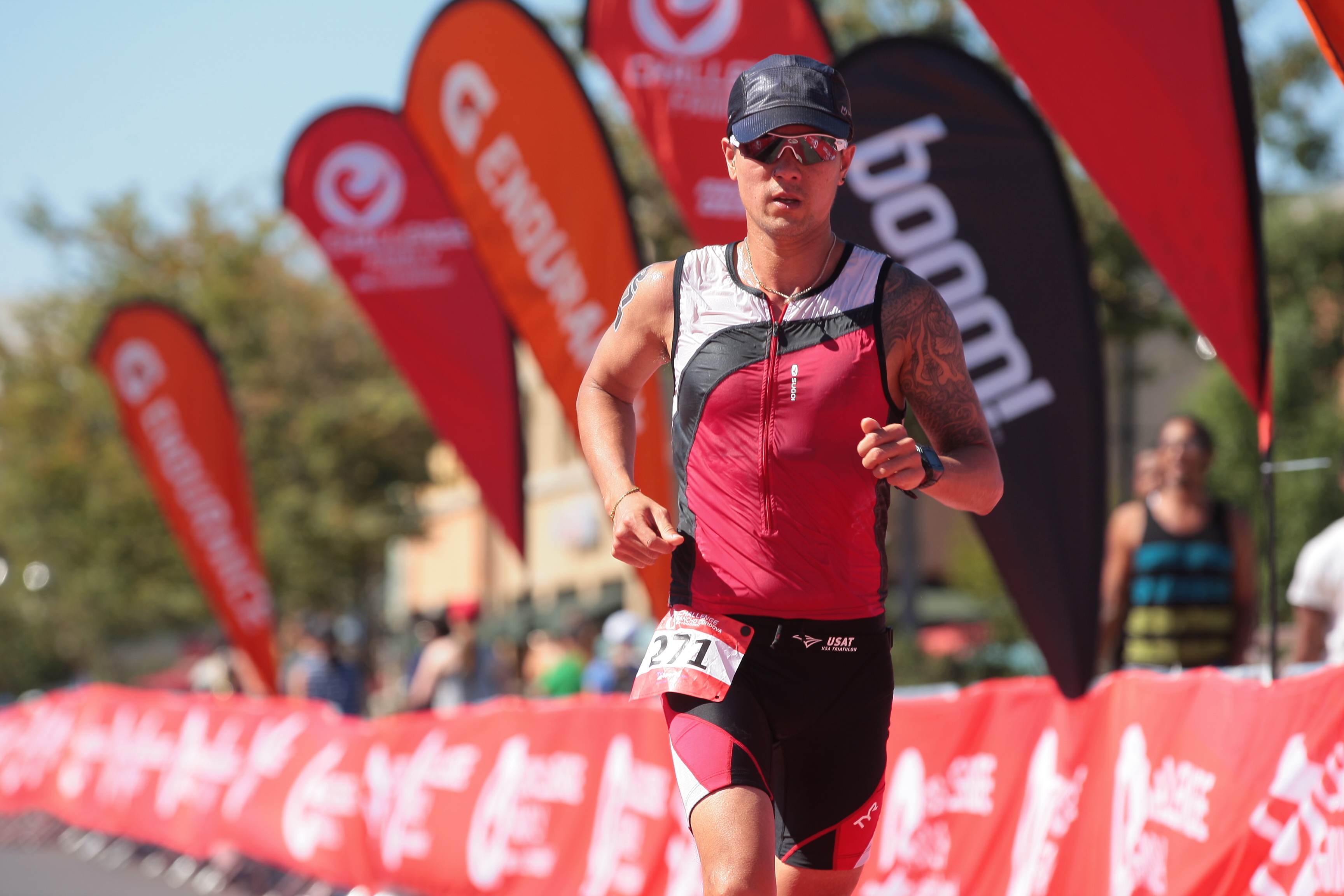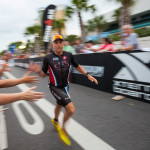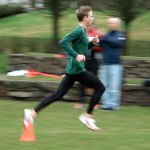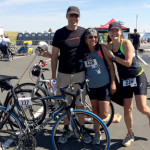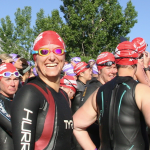We all want to run “better”, but what does that really mean? It will mean different things to different runners and triathletes. In part one of this series, I covered 7 key positions of good running form; in part two, I covered what how to run healthy; part 3 covered what it means to run strong. This blog post, part four, I cover 10 key points to help you run longer. In part five, I’ll cover the key points of running faster.
1. Triathlon, no matter the distance, is primarily an aerobic event. This means that your body is primarily using oxygen and burning a combination of carbohydrates, fats and protein to fuel your effort (even when you’re running as fast as you can!) A sprint distance triathlon is an aerobic event. You are tapping into the anaerobic systems at the sprint distance more so than in Ironman. A truly anaerobic run is an all out sprint lasts for less than one minute. Anaerobic workouts definitely have their place in distance triathlon training, but that’s where speed and strength workouts come in. (see part 5 of my running series: running fast.
2. One speed runner. As I assess my triathletes’ running potential, I am constantly analyzing their run paces, heart rate and fatigue levels. All too often I see a pattern of what I call the one “effort” or “one pace” runner. This pace usually equates to a tempo or zone 3 run. Running at only one pace limits your ability to run longer, recovery properly and eventually run faster. It’s important to train the full spectrum of speeds, paces and energy systems to run at your best.
3. Run easy. In order to run longer (and ultimately run faster), be sure to include easy (really easy!) runs in your weekly training plan. Long runs can have many different speed, mileage or effort goals. First, understand the purpose of your long run. In order to increase your mileage and keep your recovery minimal, run easy. One of the techniques I use with my top age group and pro triathletes is a run-walk pattern: typically 9-10 minutes of running with 30 to 60 seconds of walking between. Yes, some of the fastest ITU runners in the world use this system for their long runs!
4. Use heart rate as a guideline. Set a ceiling HR and stick to it! If you hit that ceiling and start to go over it, slow down or take a walk break. This ceiling should correspond to the top end of your aerobic threshold. Your aerobic threshold (by HR) is defined as 30-50 beats below your lactate or anaerobic threshold or 60-80% of your threshold HR.
5. Dynamic Warm Up: prime your pump and your engine. Priming your neuromuscular system (power up your fast twitch muscles, for both long and short, fat runs) for the stresses of running, gives you the ability to run longer, feel better and recover faster. A dynamic warm up will prime your peripheral nervous system (working muscles of your arms and legs). Increasing volumes of running require resilience or durability in your working legs and muscles. This takes months and years to develop, especially if you’re looking to nail the Ironman marathon.
6. Run off the bike. In triathlon, it’s a given we all run on tired legs. Stand alone runs where your body is relatively fresh as well as runs off the bike both need to be a part of your weekly and yearly training. Run off the bike often enough to feel like your running legs have kicked in within 1-10 minutes of starting your run (dependent on how long you’re on the bike and how often you train off the bike). This takes time and increases your running durability.
7. Pacing. What pace should you run? Research is clear that running easier (slower, 50-55% of your 5k pace (run a 5k race to get started) provides many physiological benefits: increased capillary development, increased myoglobin content, increased glycogen storage and improved mitochondrial development. Running your long run faster than 75% of 5k pace doesn’t provide a lot of physiological benefit; it only makes you more tired, hampering recovery and increasing injury potential. There are also good, practical arguments for running longer runs at goal marathon pace if this is what you’re aiming for.
8. Mileage (duration) progression. Critical volume/durability. Calculator. Progress your mileage by time first then by distance. If your long run is currently 60 mins, increase by 10 minutes each week. As you get closer to your goal race, add runs in by distance. This gives you confidence in your abilities on race day.
9. Run by feel. All the devices and gadgets we have are wonderful. They give us lots valuable information and feedback. At some point, teach yourself to run by feel. Put your watch in your pocket and download the data at the end of your session. Running by feel will help you handle all distances, weather conditions and terrain on race day. (A great book on this skill by Matt Fitzgerald: Run: The Mind-Body Method of Running by Feel.)
10. Mindset. Running easy can be tough mentally. You really want to get out there and get after it or your time is limited so you just run as fast as your body can handle in the time you have on the day. It takes discipline to run easy, keep your HR low, develop your aerobic system, hit the volumes you need and stay healthy. I have one friend who, when her coach told her how slow she had to run, she was so embarrassed she ran at night so no one would see her. She was one of the fastest runners in triathlon. Creating a plan, sticking to it, achieving that consistency will help you run longer and longer. (Another great book suggestion: How Bad Do You Want It? By Matt Fitzgerald)
Consistency is key to running better. Without it, running better will continue to be elusive. A great training plan is a great way to achieve consistency. You’ll feel better and run better every day.
